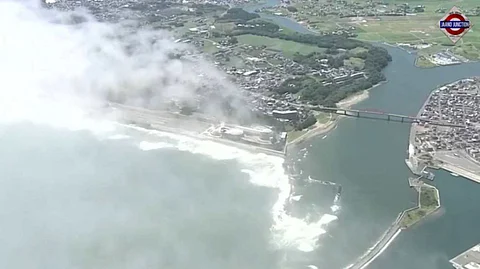

A powerful undersea earthquake measuring 8.8 struck off the eastern coast of Russia’s Kamchatka Peninsula at around 3:17 AM local time on July 30. The epicenter was located near Petropavlovsk-Kamchatsky, in Russia’s sparsely populated Far East. This undersea event has triggered widespread tsunami alerts across the Pacific, as countries rush to respond to what is now classified as one of the top ten most powerful earthquakes recorded in modern history, according to the United States Geological Survey (USGS).
In the wake of the earthquake, the Pacific Tsunami Warning Center (PTWC) confirmed that tsunami waves have already begun impacting the Alaskan coastline, with the northern town of Alkasa being among the first hit. Hawaii is also on high alert as waves up to 10 feet are forecasted to reach the islands. The first recorded wave in Haleiwa, on the north shore of Oahu, measured approximately four feet, arriving in twelve-minute intervals. Sirens were activated across Honolulu, and emergency evacuation advisories were issued as residents were urged to move to higher ground.
The earthquake also triggered a series of strong aftershocks, the most notable of which registered a magnitude of 6.9. Several areas remain under direct tsunami warnings, including the entire state of Hawaii, parts of Alaska’s Aleutian Islands, and segments of Northern California’s Pacific coast. The PTWC and the National Oceanic and Atmospheric Administration (NOAA) are continuously monitoring wave patterns, issuing updates in real-time.
Meanwhile, in Japan, the impact of the quake was felt . Authorities issued evacuation orders for over two million residents living in coastal areas, especially in Hokkaido and parts of Chiba Prefecture. Several municipalities erected safety barricades and cordons along popular beaches, including Inzai Beach, as a precaution against unexpected surges. Although the waves recorded in Japan were relatively smaller — measuring up to 1.3 meters (around 4.3 feet) — the government remains on high alert given the unpredictability of aftershocks and secondary waves.
